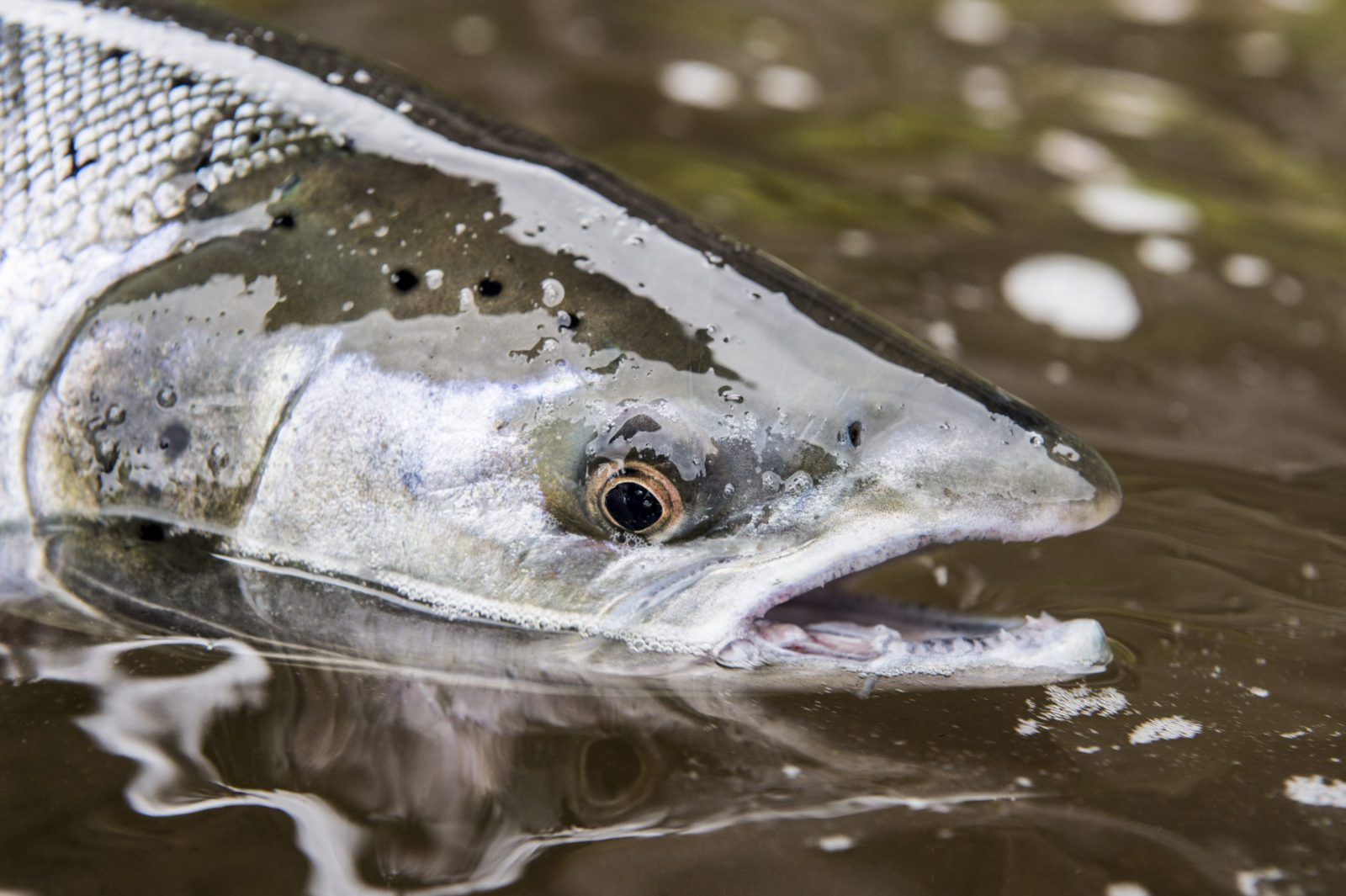High Seas Buyouts
Waters off of the Faroe Islands and Greenland are very important in the overall health of the salmon populations because salmon stocks from both sides of the Atlantic gather there to feed, representing over 2,000 rivers. As a result, these fisheries are considered mixed stock fisheries. When fishing fleets harvest these salmon it is impossible to target fish from healthy river systems. Fragile rivers can be unintentionally decimated if these stocks are over harvested.
The commercial conservation agreements by NASF and partners ASF have been protecting these vulnerable stocks since 1991, with the first agreement brokered by Orri Vigfusson in the Faroe Islands. That agreement stayed in place until 2022, when it was phased out as a result of the permanent, government-sanctioned closure of the fishery. NASF’s private deal set the stage for government action by assisting fishermen in their transition away from reliance on salmon fishing, proving that an equitable and durable closure was possible.
In Greenland, NASF and ASF faced unique challenges – the country is vast, settlements are far-flung and isolated, and fishermen are deeply invested in a fishery that includes salmon. Nevertheless, multiple deals have been brokered since 1993, the latest of which resulted in a new licensing and reporting regime overseen by the Fisheries Ministry. Thanks to NASF and ASF, there is no commercial fishery and quotas for subsistence fishing have remained at record lows, with fishing halted altogether for key periods of time.
